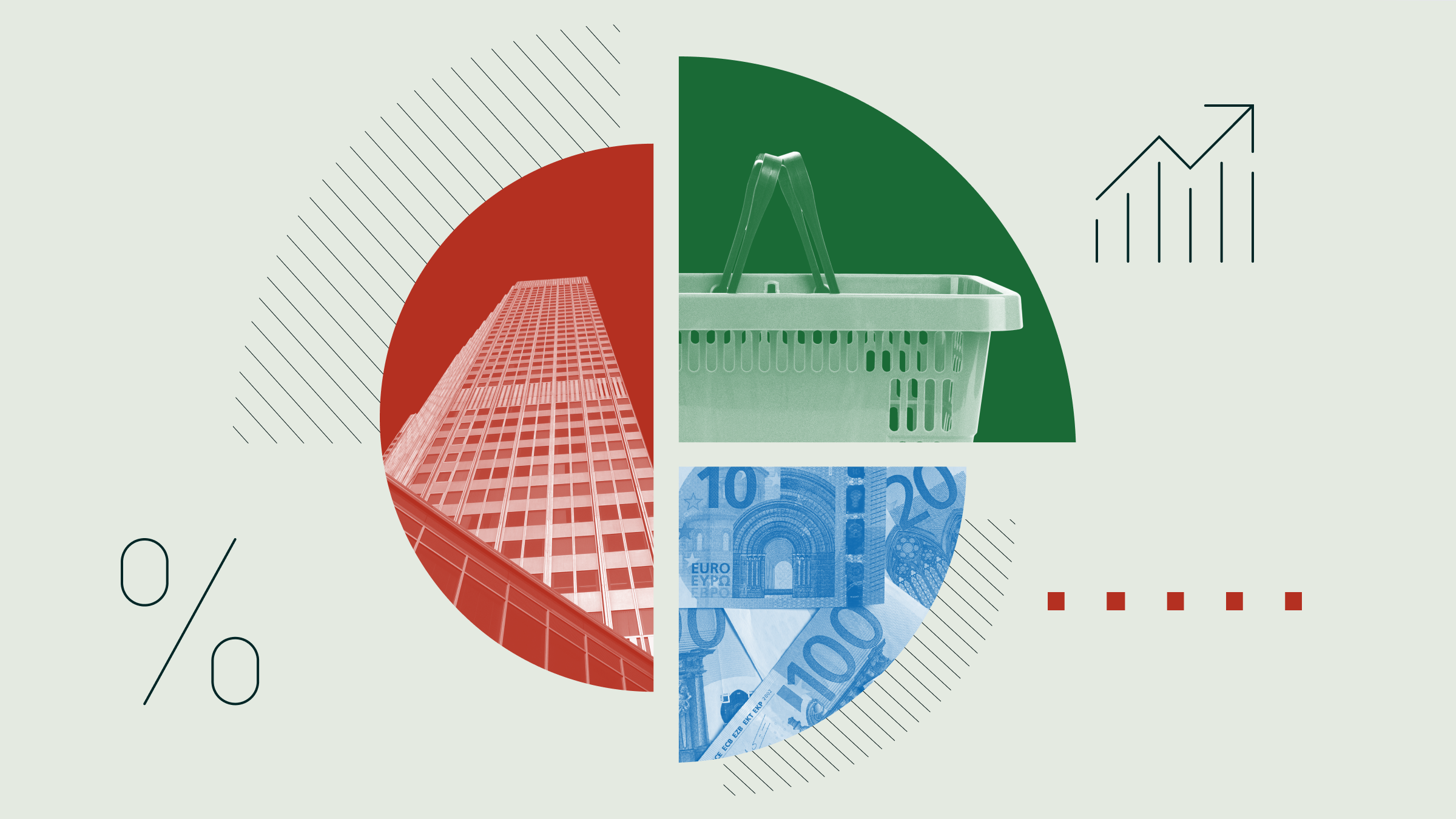Rolle im Portfolio
The UBS MSCI USA ETF provides exposure to approximately 600+ large-cap and mid-cap companies in the United States. The MSCI USA Index captures approximately 85% of the U.S. equity market. It is well diversified by sector with the highest exposure to Information Technology, Financials and Health Care. Given its broad exposure, the fund can be used as a long-term core holding in a portfolio. It can also be used as a tactical tool for investors looking to place a short-term bet on the direction of the U.S. equity market. The underlying companies in the index are increasingly generating more revenue from countries outside of the United States, making the ETF’s performance more sensitive to global macroeconomic trends. U.S. companies have become increasingly vulnerable to the slowdown in emerging markets, especially China. U.S equities constitute a large portion of many global indices, making up almost 55% of the MSCI World Index. Pairing the fund with a global product may result in an overweight U.S. equity portfolio. Combining the fund with a product exposed to Europe, Australia or Far East Asia instead, will diversify the portfolio more. For broader exposure, investors can turn to a World ex- U.S. ETF as well. This ETF distributes dividends semi-annually and may be suitable for an income seeking investor.
Fundamentale Analyse
The U.S. stock market has been one of the best performing markets during the past few years. Since the lows of 2009, the MSCI USA Index has more than tripled in value (to the end of September 2015). The United States has recovered from the 2008 financial crisis more quickly than other Western countries. This success was partly due to lower interest rates and three rounds of quantitative easing (QE). As a result of cheap financing, corporations also issued large amounts of debt and bought their own shares back. This is about to change. The Fed is likely to raise interest rates this year for the first time in almost a decade, although the exact timing remains uncertain. If the Fed tightens too soon, the economy could go back into a recession. Equity prices will decrease, while bond yields rise. Instead, if the Central Bank keeps rates close to zero for too long, inflation will accelerate. The U.S. economy contracted in Q1-2015, with an annual growth rate of 0.6% as it battled with a stronger dollar, severe weather, the West Coast port strike and spending cuts in the energy sector. GDP grew at 3.9% in Q2-2015 as consumer spending, which accounts for two thirds of the U.S. economy, increased by 3.1%. The slowdown in Q1 was temporary and the economy is projected to grow at a solid rate. Meanwhile, the labour market is strong and returning to pre-crisis normalcy. Unemployment as per the August job report is at 5.1%, the lowest level since the crisis, and also well within the Fed’s natural unemployment rate of 5 to 5.2%. Wage growth, however, remains poor. Policy makers are counting on rising wages to boost the economy and bringing inflation closer to their 2% target. Inflation in August stood at 0.2% with energy prices contributing to the largest drag. Low inflation data can delay the decision of the Fed to raise rates. The U.S. dollar has appreciated relative to most currencies this year. As U.S. products become increasingly more expensive, exports will fall and imports will rise. After Canada, China is the second largest trading partner for the United States, especially when it comes to the MSCI USA’s biggest sector, technology. The Chinese economy; however, is slowing. The world’s second-largest economy is expected to grow at its slowest pace in 25 years even after five interest rate cuts and fiscal stimulus.
Indexkonstruktion
The MSCI USA Index is weighted by free-float-adjusted market capitalisation, therefore excluding any shares held by the government. The index contains 600+ large- and mid-cap constituents and covers 85% of the U.S. equity market. The index is reviewed quarterly in February, May, August and November, but can be adjusted at any time if a significant corporate action occurs. New size cut-offs are recalculated semi-annually during the May and November review period. To control portfolio turnover, buffers are used for existing constituents so that they are not immediately removed upon falling out of line with any of the index’s entrance criteria. The Index is broadly diversified by industry. The most significant sector exposures are information technology (17-21%), financials (14-17%) and health care (14-17%). There is limited portfolio concentration, with the top 10 positions accounting for about 15-17% of the total. Top holdings include Apple (3-4%), Microsoft (1-2%) and Exxon Mobil (1-2%).
Fondskonstruktion
This ETF uses full physical replication to capture the performance of the MSCI USA Net Return Index, less fees. The fund owns- to the extent that it’s possible and efficient- all the underlying constituents in the same proportion as its benchmark. Routine cash stock dividends are re-invested according to index rules using an “overdraft” facility available from the custodian, State Street Bank. Similar to a credit line, State Street Bank lends the ETF cash to reinvest any receivable dividends to ex-date. Once the dividend is paid to the underlying stocks, the ETF returns the borrowed cash to State Street Bank. This practice helps reduce tracking error. UBS engages in securities lending to enhance the fund’s performance and uses State Street as its lending agent. State Street Bank covers the operational cost involved in securities lending for a 40% stake in the gross revenue generated from this activity, while the fund keeps 60%. To protect the fund from borrower default, UBS requires a minimum over-collateralisation of 105% be applied to the securities out on loan. In the 12 months through September 2015, there was an average of 3.28% of the fund’s assets out on loan, which reached a maximum of 5.68%. In total, securities lending added 0.39% to the fund’s net return.
Gebühren
The ETF’s total expense ratio is 0.20%, which is at the low end of the range for MSCI USA tracking ETFs. This fee does not incorporate transaction costs on the infrequent occasions when the underlying holdings change or brokerage fees when buy and sell orders are placed for ETF shares.
Alternativen
Various ETF providers offer products that aim to track the MSCI USA Index, including (but not limited to) HSBC, iShares, db x-trackers and Source. The db x-trackers MSCI USA Index UCITS (DR) 1C ETF offers the lowest TER of 0.07%, but does not distribute dividends. As an alternative to the MSCI USA, there are other indices with exposure to the U.S. equity market, including the S&P 500, which has 100 fewer holdings but similar sector exposure. With a TER of 0.05%, the Source S&P 500 ETF is among the cheapest. For investors seeking a currency-hedged alternative, UBS offers an MSCI USA ETF hedged to GBP, CHF and EUR, each with a TER of 0.30%.

















